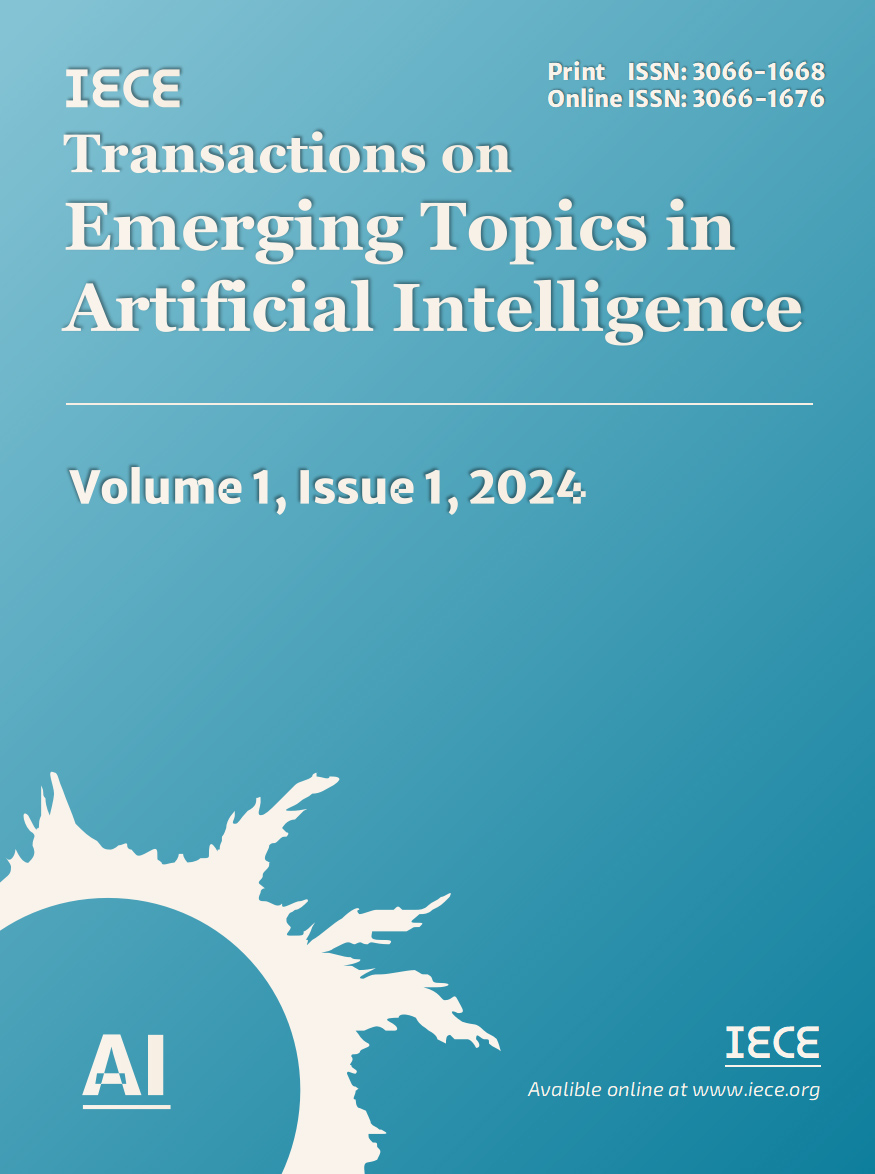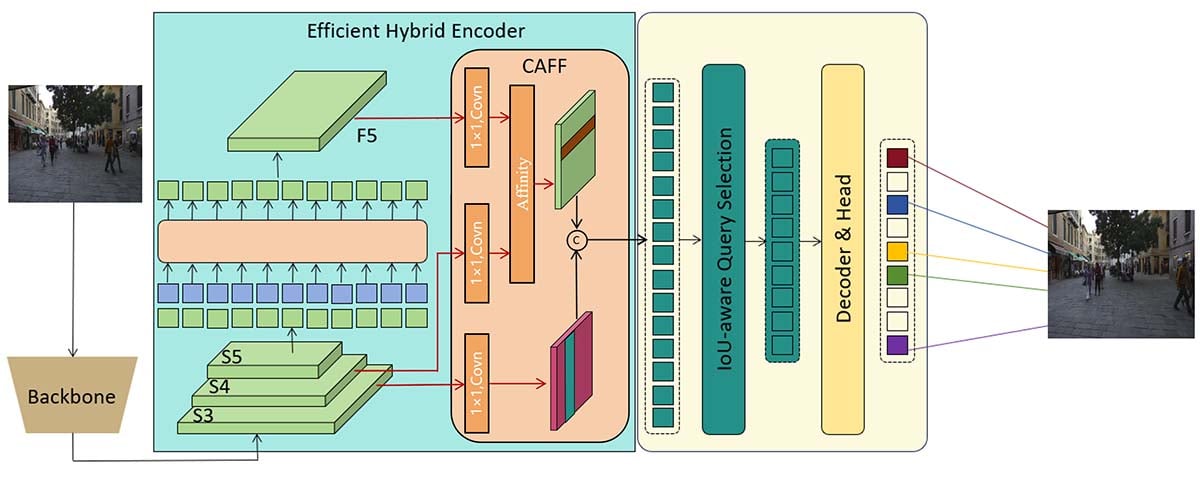Abstract
In the era of rapid technological advancement, the demand for sophisticated Multi-Object Tracking (MOT) systems in applications such as intelligent surveillance and autonomous navigation has become increasingly critical.However, existing models often struggle with accuracy and efficiency in densely populated or dynamically complex environments. Addressing these challenges, we introduce a novel deep learning-based MOT model that incorporates the latest CT-DETR detection technology and an advanced ReID module for improved pedestrian tracking. Experimental results demonstrate the model's superior performance in accurately identifying and tracking multiple targets across varied scenarios, significantly outperforming existing benchmarks.This research not only marks a significant leap forward in the field of video surveillance technology but also lays a foundational framework for future advancements in intelligent system applications, underscoring the importance of innovation in deep learning methodologies for real-world challenges.
Keywords
multi-object tracking
deep learning
CT-DETR
pedestrian re-identification
intelligent surveillance systems
Funding
This work was supported without any funding.
Cite This Article
APA Style
Gao, M., & Yang, S. (2024). CT-DETR and ReID-Guided Multi-Target Tracking Algorithm in Complex Scenes. IECE Transactions on Emerging Topics in Artificial Intelligence, 1(1), 44–57. https://doi.org/10.62762/TETAI.2024.240529
Publisher's Note
IECE stays neutral with regard to jurisdictional claims in published maps and institutional affiliations.
Rights and permissions
Institute of Emerging and Computer Engineers (IECE) or its licensor (e.g. a society or other partner) holds exclusive rights to this article under a publishing agreement with the author(s) or other rightsholder(s); author self-archiving of the accepted manuscript version of this article is solely governed by the terms of such publishing agreement and applicable law.


 Submit Manuscript
Edit a Special Issue
Submit Manuscript
Edit a Special Issue

